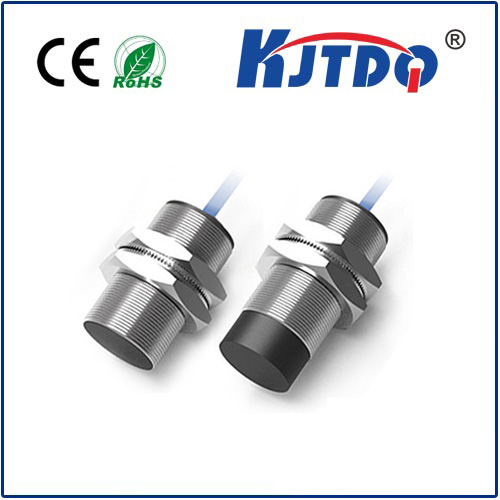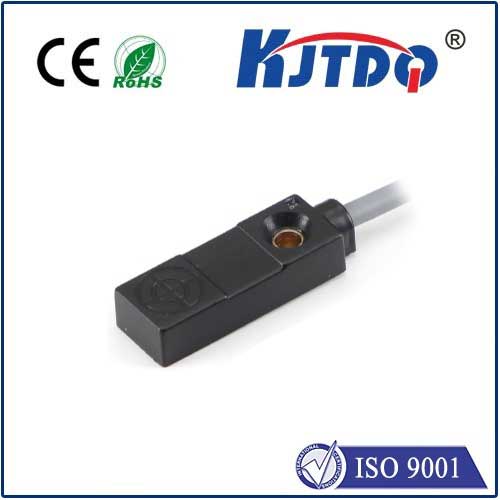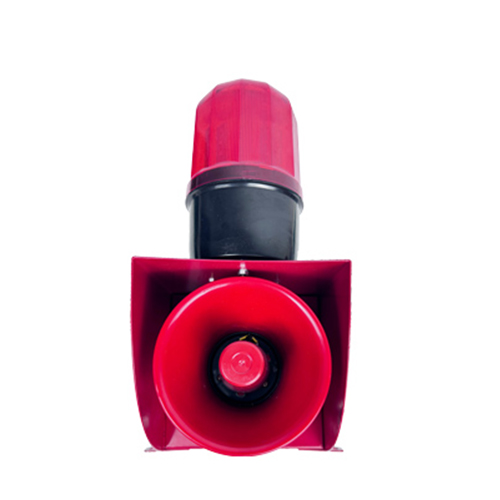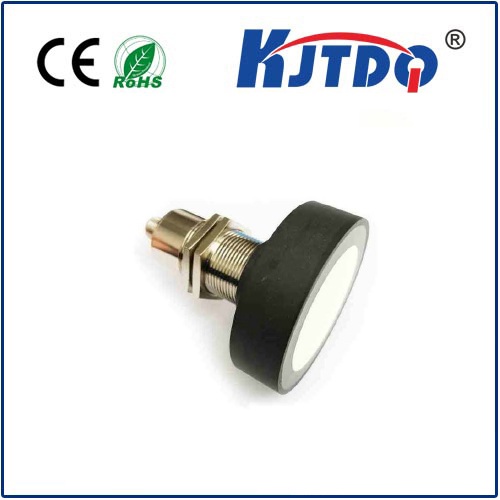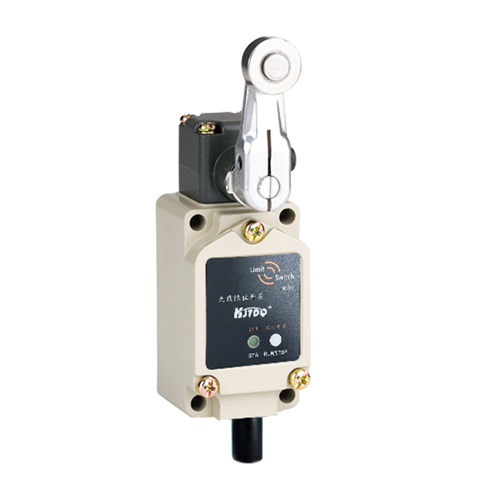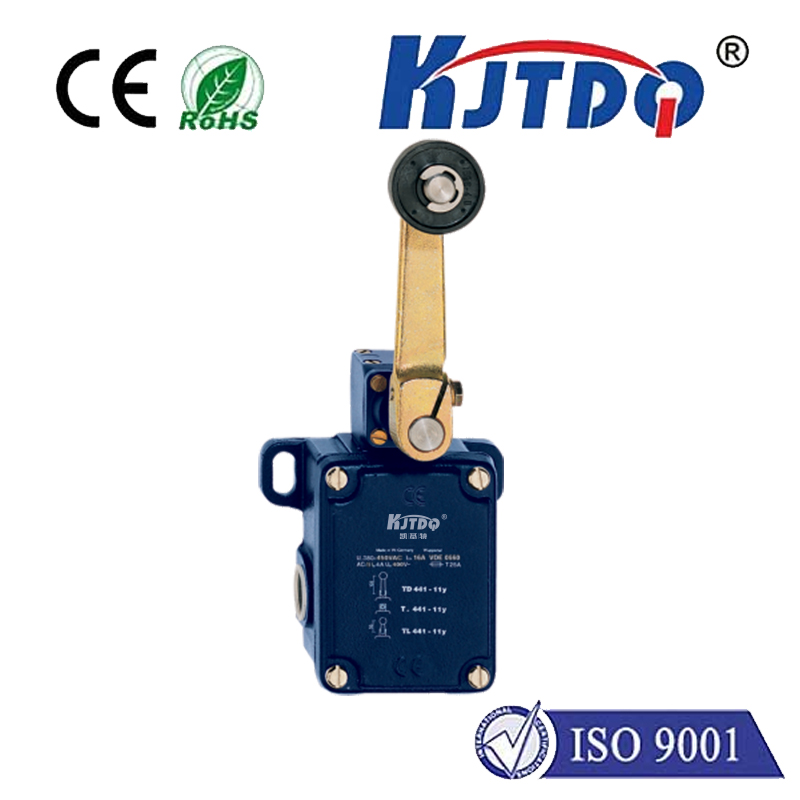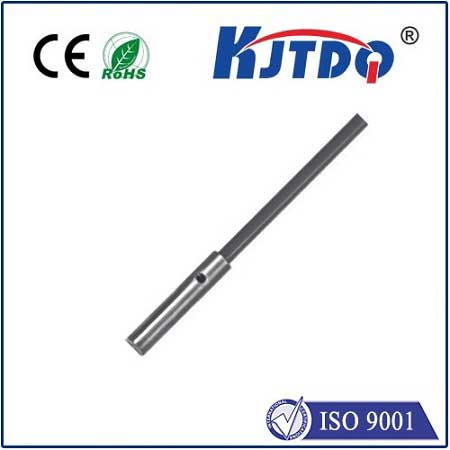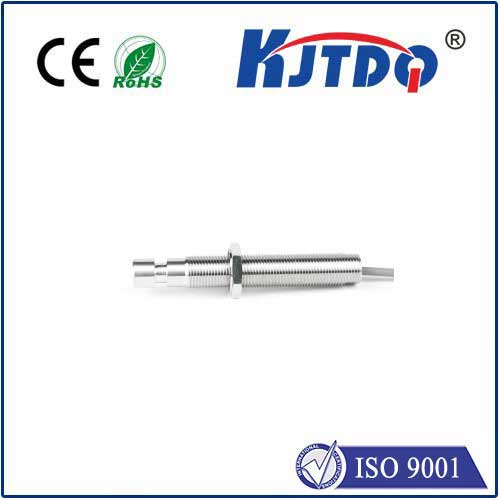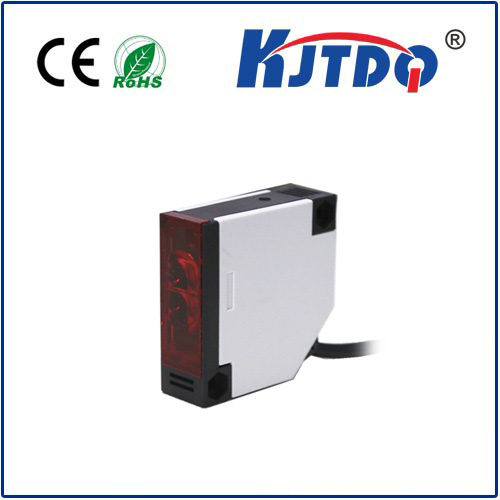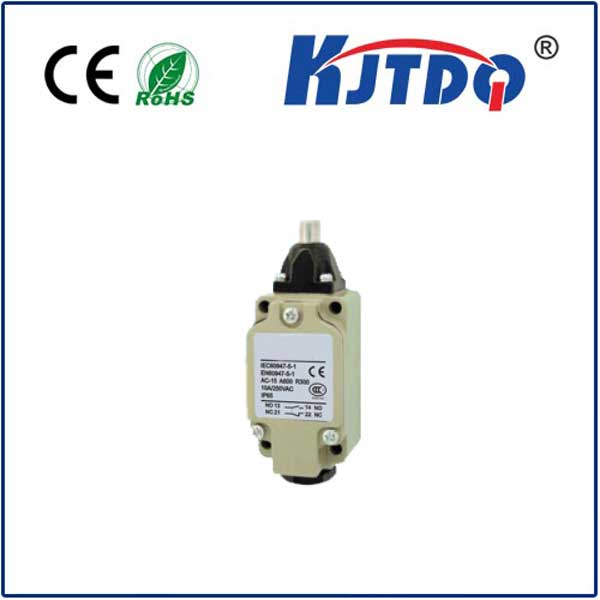

check

check

check

check

check

check

check

check

check

check
Introduction:
The world of technology has witnessed a significant breakthrough with the advent of liquid proximity sensors. These innovative sensors have revolutionized the way we interact with our devices, offering unprecedented levels of automation and sensing capabilities. In this article, we delve into the intricacies of liquid proximity sensors, exploring their unique features, applications, and potential future developments.
Section 1: What are Liquid ProximitySensors and How do they Work?
Liquid proximity sensors, also known as capacitive liquid sensors, rely on the principles of capacitance to detect and measure distances between objects. These sensors work by applying an electric charge to two separate electrodes placed in a liquid medium that is free from any conductive materials. When two objects come into contact with the charged surface, a voltage is generated across the interface, which is proportional to the distance between the objects.
By measuring this voltage, liquid proximity sensors can determine the distance between objects with remarkable accuracy. This technology offers several advantages over traditional mechanical or optical proximity sensors, such as higher sensitivity, faster response times, and better accuracy in challenging environmental conditions.
Section 2: Applications of Liquid Proximity Sensors
The versatility of liquid proximity sensors has made them highly popular in various industries, including automotive, robotics, healthcare, and manufacturing. Here are some key applications of liquid proximity sensors:
1. Automotive: Liquid proximity sensors are widely used in automotive systems to monitor the distance between vehicles and other obstacles on the road. They enable safe and efficient driving by providing real-time information about potential collisions.
2. Robotics: Liquid proximity sensors are essential components of many robots, allowing them to sense their environment accurately and navigate through complex terrain. These sensors are often used in pick-and-place tasks, where robots need to precisely position objects without physical contact.
3. Healthcare: In healthcare facilities, liquid proximity sensors are used to monitor vital signs such as blood pressure and heart rate. They offer non-invasive and accurate measurements, making them a preferred choice over traditional techniques like arterial pressure monitoring.
4. Manufacturing: Liquid proximity sensors are employed in industrial processes to measure the distance between machines and operators, ensuring safety and efficiency in production lines. They can also be used for quality control purposes, detecting defects in products before they leave the factory.
Section 3: Future Developments and Potential Applications
Despite their numerous applications and benefits, liquid proximity sensors still face some challenges, such as limited range and high cost. However, researchers are actively working on developing new technologies to overcome these limitations. Some potential future developments include improved sensor accuracy, increased range, and enhanced durability in harsh environments.
These advancements could lead to even more diverse applications for liquid proximity sensors, such as in remote sensing missions, underwater exploration, and space exploration. As technology continues to evolve, it is expected that liquid proximity sensors will play an increasingly important role in shaping our future.
